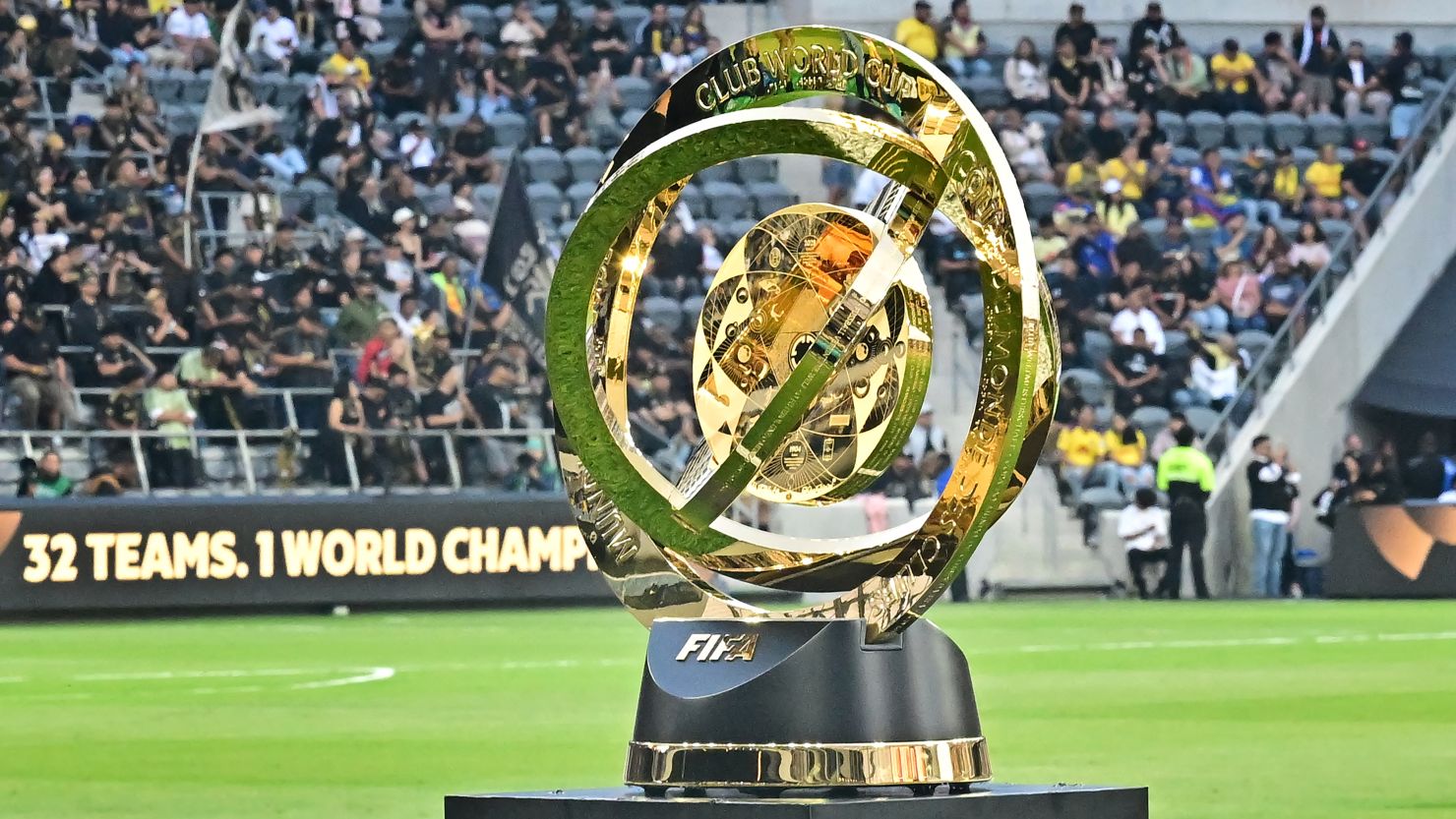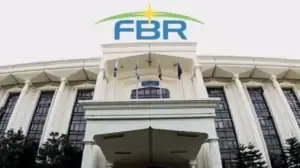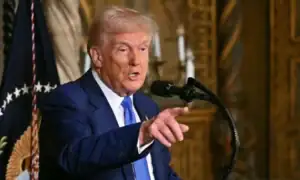Islamabad, 16 June 2025: FIFA Club World Cup 2025 officially kicked off at Miami’s Hard Rock Stadium, marking the beginning of what is being hailed as the most transformative tournament in modern club football.
For the first time, 32 clubs from across six continents will compete over four weeks in a structure reminiscent of past national team World Cups raising both anticipation and a range of uncertainties.
The United States, now etched in football history as the inaugural host of this expanded format, welcomes heavyweights like Real Madrid, Bayern Munich, and Manchester City, alongside South America’s elite, including River Plate and Flamengo, and rising stars from Africa, Asia, and Oceania.
FIFA Club World Cup 2025 represents the sport’s boldest structural evolution since the 1998 World Cup’s expansion and with it comes enormous stakes both on and off the pitch.
Big Money, Empty Seats?
Financially, FIFA projects a windfall. A recent fiscal report suggests the tournament could contribute over $21 billion to the global economy, with nearly half of that boost occurring within the US alone.
A total prize pool of $1 billion is on the line, with the winning club potentially walking away with up to $125 million an amount that could reshape the fortunes of clubs from less affluent footballing regions.
Broadcasting rights have been sold to DAZN, which plans to stream all 63 fixtures free of charge. FIFA reportedly earned around $1.05 billion from the media deal alone. Yet, days before kickoff, ticket sales appear sluggish.
READ MORE: FIFA Invite PFF for ‘Football for Schools’ Drive
Ticketmaster listings show availability across the board, with prices for key matchups dropping steeply. Opening game tickets between Inter Miami and Egypt’s Al Ahly were seen at just $69 well below original expectations while PSG’s match against Atlético Madrid could be accessed for $61.
The dynamics of the US ticketing market, where prices fluctuate in real-time based on demand, mean last-minute buyers may find even deeper discounts.
Some observers suggest high initial pricing may have deterred early buyers, and there are concerns that this novel club-centric competition, unlike the World Cup, may not generate mass emotional investment among neutral fans.
Can Latin America Defy the Odds?
While the FIFA Club World Cup 2025 promises unprecedented matchups, its structure poses steep challenges for Latin American and non-European sides.
Teams like Palmeiras, Boca Juniors, and River Plate face the daunting prospect of defeating multiple European giants in succession something historically rare in intercontinental club football.
The financial disparity is stark. Real Madrid arrives with a squad valued at over $1.5 billion, followed closely by PSG at just over $1 billion. In contrast, Brazil’s Botafogo and Argentina’s River Plate field lineups worth less than $300 million.
The player pipeline further tilts the scales: top South American talents often leave for Europe before reaching their prime. Franco Mastantuono, River Plate’s teenage star, is set to join Real Madrid after this tournament having played fewer than 50 senior games.
Still, legends of the game, such as former Inter Milan and Argentina star Javier Zanetti, remain optimistic. “This format offers new opportunities. The gap might narrow with time,” he remarked following the draw in December.
Fatigue and Fixture Congestion: A Growing Concern
The expanded calendar presents another pressing challenge player burnout. Top performers like PSG’s Bradley Barcola have logged nearly 60 matches in a season, not counting international appearances.
Clubs reaching the latter stages of domestic and continental competitions often see their players pushed beyond physical limits.
FIFA’s response? The removal of the third-place playoff in an effort to slightly reduce the match burden. Yet, many feel it’s not enough. Brazilian legend Ronaldo Nazário, present at the December draw, humorously noted, “A tournament like this would’ve shortened my holiday.” Still, he emphasized the need to prioritize player welfare in an increasingly saturated schedule.
FIFA President Gianni Infantino, in an April interview, acknowledged the growing criticism. “We’re carefully monitoring the calendar. The health of the players remains our top priority,” he said, though many observers remain skeptical about meaningful reform.
Not Every Giant Made the Cut
One issue drawing attention is the qualification system. While clubs like Chelsea earned a spot based on past Champions League victories, others like Premier League winner Liverpool or La Liga’s Barcelonaare notably absent.
Critics argue that the entry rules, focused on historical rather than recent achievements, undermine the competitive integrity of the tournament’s debut edition.
Chelsea, for instance, qualified as 2021 Champions League winners but haven’t consistently ranked among England’s elite since then.
READ MORE: FIFA Invite PFF for ‘Football for Schools’ Drive
The disconnect between form and qualification highlights a potential flaw FIFA may need to address before the next edition.
A Tournament Still Earning Its Place
As the ball rolls on this new global experiment, FIFA Club World Cup 2025 carries both immense potential and numerous hurdles. For fans, it offers the rare thrill of club rivalries crossing continental boundaries.
For critics, it presents a case study in ambition outpacing readiness. But for now, the world watches with hope, skepticism, and excitement as a new chapter in football history begins.









